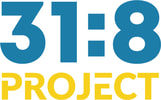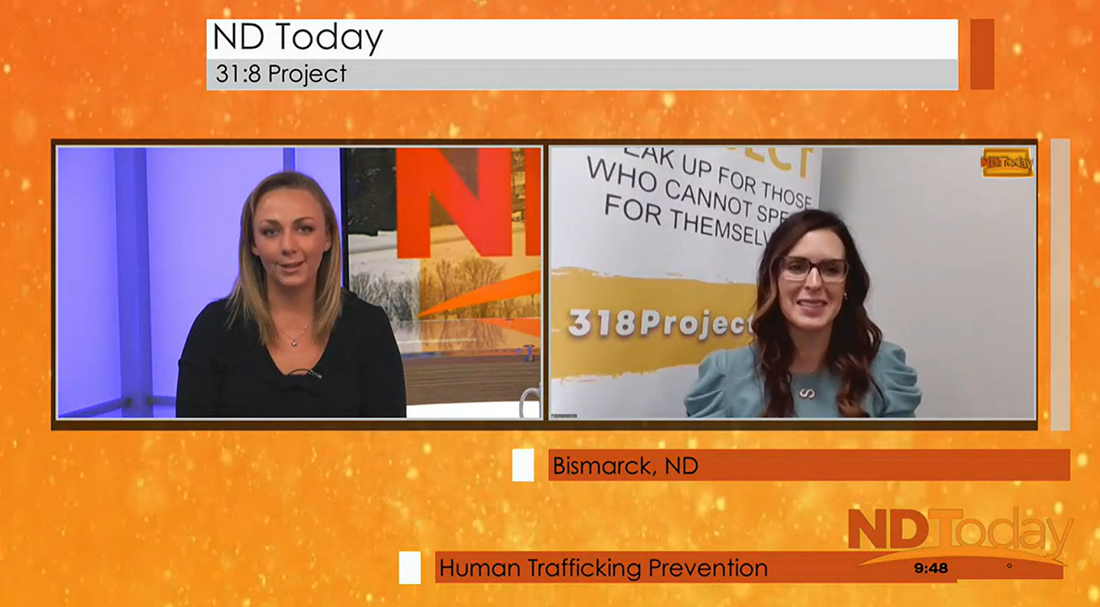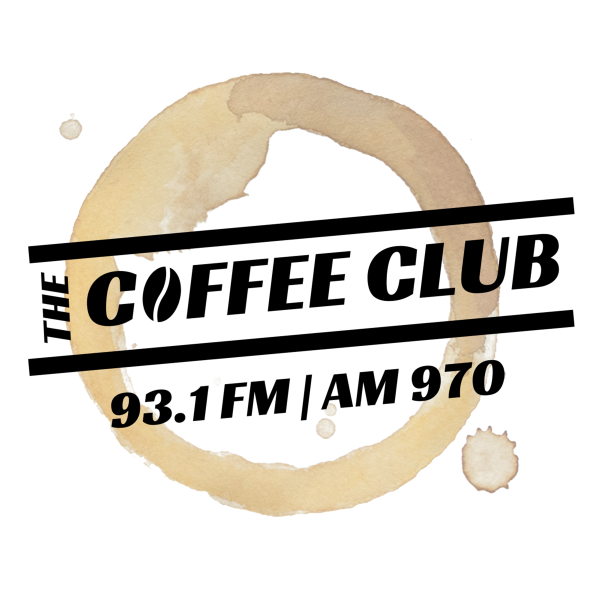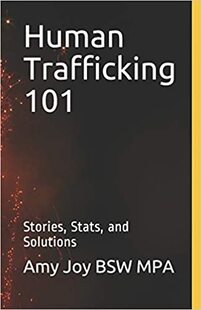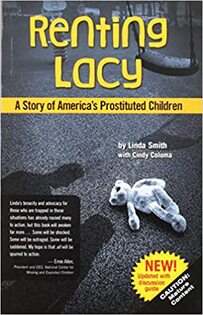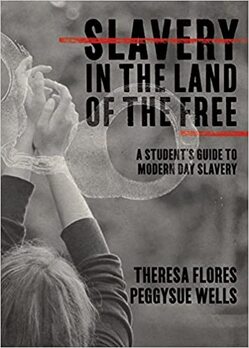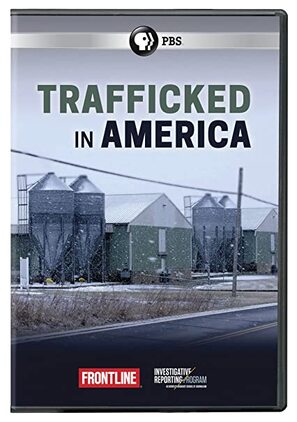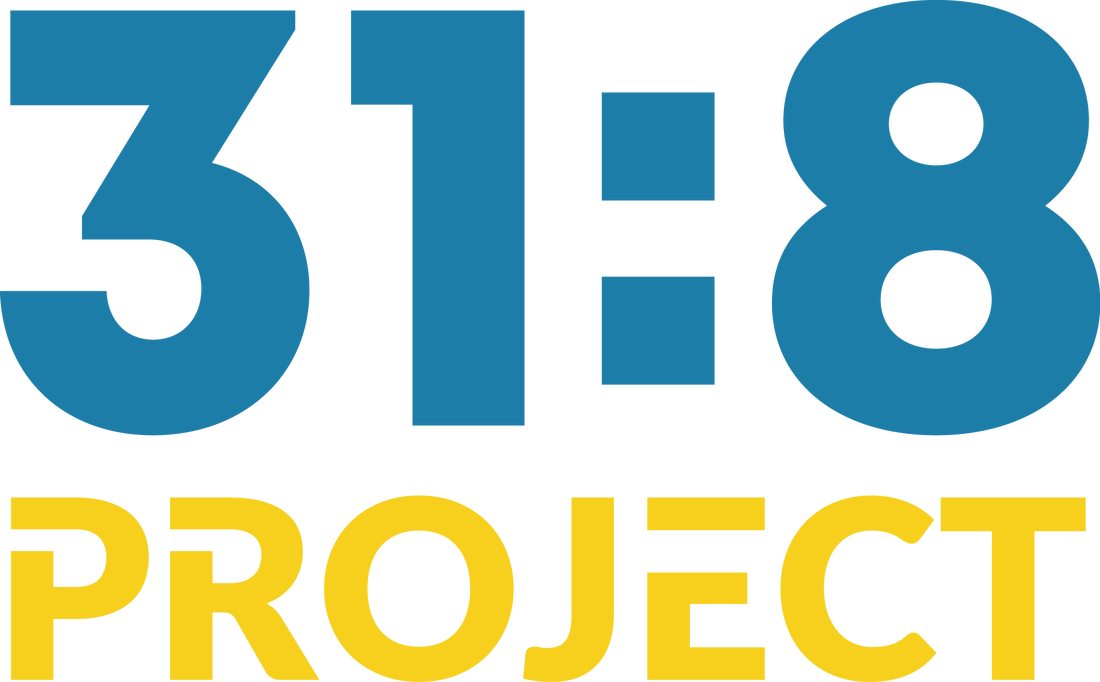What is Human Trafficking?
Men, women, and children are sold into a $150 billion annual market for sex and labor. This is happening globally, nationally and locally; in hotels, restaurants, and on street corners. Slavery is wrapped up in almost every industry’s supply chain, tainting the food we eat, the clothes we buy, and the electronics we love. Human trafficking is a form of modern-day slavery and involves the movement of people by means of violence, deception or coercion for the purpose of forced labor, servitude, or slavery-like practices. It is a market-based economy that exists on principles of supply and demand. It thrives due to conditions, which allow for high profits to be generated at low risk.
Types of Human Trafficking
Sex Trafficking
Victims of sex trafficking can be found working for massage parlors, brothels, strip clubs, escort services and on the street. They may be children, teenagers or adults lured by false promises and ultimately forced into prostitution.
Labor Trafficking
Victims of labor trafficking can be found in many types of domestic and non-domestic situations. They work as nannies and maids, in sweatshops, janitorial jobs, restaurants, hair and nail salons, in street sales and on construction sites and farms. The victims are trapped into a cycle of debt, forcing them into involuntary servitude, debt bondage and slavery.
Victims of sex trafficking can be found working for massage parlors, brothels, strip clubs, escort services and on the street. They may be children, teenagers or adults lured by false promises and ultimately forced into prostitution.
Labor Trafficking
Victims of labor trafficking can be found in many types of domestic and non-domestic situations. They work as nannies and maids, in sweatshops, janitorial jobs, restaurants, hair and nail salons, in street sales and on construction sites and farms. The victims are trapped into a cycle of debt, forcing them into involuntary servitude, debt bondage and slavery.
Additional Information
Polaris Human Trafficking Training
Polaris Project Human Trafficking 101 Training
Faces of Human Trafficking | Office for Victims of Crime
Man to Man Campaign • TRUCKERS AGAINST TRAFFICKING
Human Trafficking Fact Sheet - Office on Trafficking in Persons
Love146 Not a Number Curriculum ~ Child trafficking and exploitation prevention curriculum.
The Life Story ~ Explore 13 moments when survivors, service providers, funders, advocates and allies can make a difference for girls and women in life.
Labor Exploitation and Trafficking of Agricultural Workers During the Pandemic
A Snapshot: June 2021 ~ Polaris examined data from the U.S. National Human Trafficking Hotline to determine the potential impact of the COVID-19 pandemic on human trafficking in the United States. The effort involved comparing the volume of identified likely trafficking situations in separate periods before and during the pandemic response.
Polaris Project Human Trafficking 101 Training
Faces of Human Trafficking | Office for Victims of Crime
Man to Man Campaign • TRUCKERS AGAINST TRAFFICKING
Human Trafficking Fact Sheet - Office on Trafficking in Persons
Love146 Not a Number Curriculum ~ Child trafficking and exploitation prevention curriculum.
The Life Story ~ Explore 13 moments when survivors, service providers, funders, advocates and allies can make a difference for girls and women in life.
Labor Exploitation and Trafficking of Agricultural Workers During the Pandemic
A Snapshot: June 2021 ~ Polaris examined data from the U.S. National Human Trafficking Hotline to determine the potential impact of the COVID-19 pandemic on human trafficking in the United States. The effort involved comparing the volume of identified likely trafficking situations in separate periods before and during the pandemic response.
RADIO, TV, PODCASTS
Prairie Public Main Street Interview
Tuesday, May 30, 2023 - Stacy Schaffer is the founder and executive director of 31:8 project. The organization works to address issues regarding human trafficking. She joins us to discuss issues of human trafficking in North Dakota, and she’ll preview the group’s Bakken Human Trafficking Summit, coming up June 7-8.
The Official Do Good Better Podcast
Warriors Against Trafficking
with Dr. Paul Dyer
ND Today: Human Trafficking Prevention
January 4th, 2022
The Coffee Club with Paul Bougie and Janae White
February 15th, 2022
BOOKS
Click for More Information!
Click for More Information!
DOCUMENTARY / MOVIES
Viewer Discretion Advised
"Speak up for those who cannot speak for themselves.”
|
PO Box 174
|
Bismarck, ND 58502-0174
|
701.557.3750
|
NATIONAL HUMAN TRAFFICKING HOTLINE
1 (888) 373-7888
Text "HELP" or "INFO" to BeFree (233733)
EMERGENCY: Call 911
1 (888) 373-7888
Text "HELP" or "INFO" to BeFree (233733)
EMERGENCY: Call 911
31:8 Project is a 501(c)3 non-profit organization.
